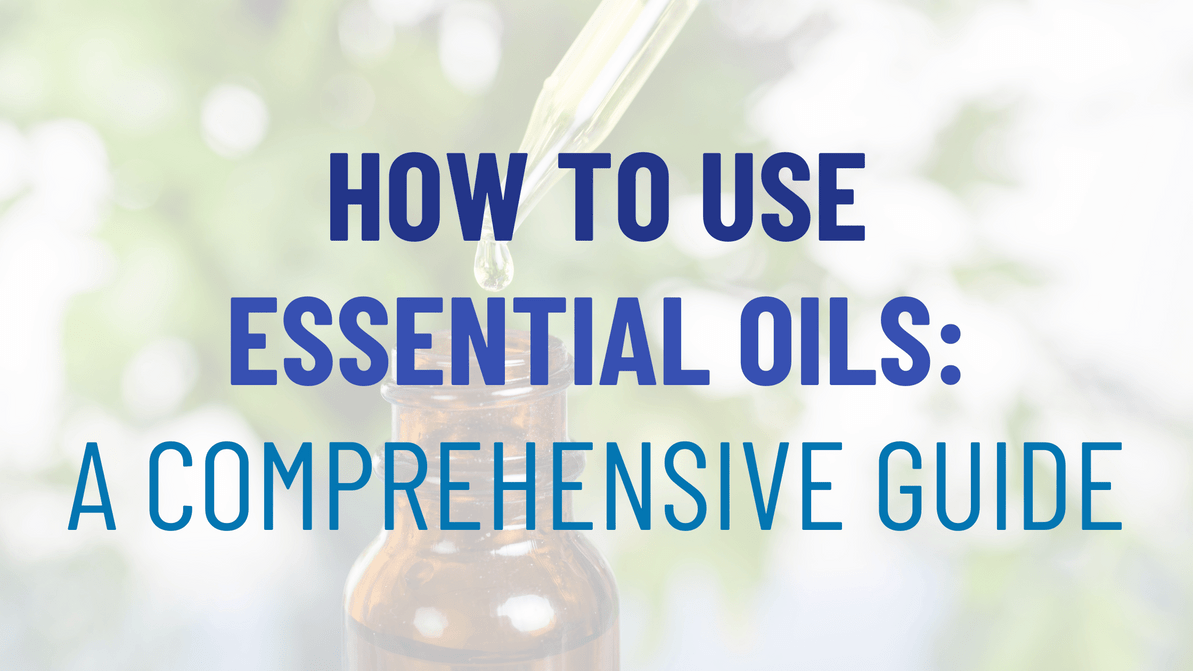How to Use Essential Oils: A Comprehensive Guide
Essential oils have taken over the world of alternative medicine in recent years. You’ll see one for almost any ailment if you read on the topic. Essential oils are not new, but they’ve never been as popular as they are today. Are they as effective as people say? Can they truly cure just about anything? And how do you use essential oils for maximum benefits? We’ll cover all this and more.
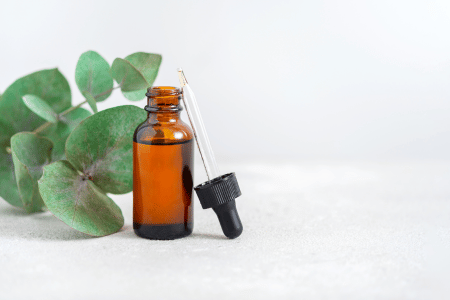
What are essential oils?
Essential oils are concentrated extracts from various plants' flowers, leaves, and stems. And they’ve been around for a long time. The Egyptians were the first to document plant oil extraction around 3,500 BCE. Since then, the art of creating essential oils has seen substantial changes, as have their uses.
You need to use huge quantities of plants to create pure essential oils. For example, to get 1 pound of lavender essential oil, you’ll need 250 pounds of lavender flowers. Comparing it to teas, which use only a few leaves, it’s easy to see why they have so many reported benefits.
Pros and cons of essential oils
Essential oils can have many benefits depending on which one you’re using and how you’re using it. They include:
- Reduced anxiety (lavender, chamomile, bergamot, frankincense, ylang-ylang, etc.)
- Improved sleep (lavender, bergamot, valerian, etc.)
- Mood boost (lemon, sweet orange, eucalyptus, peppermint, etc)
- Improved concentration (rosemary, peppermint, lemon, eucalyptus, clary sage, etc.)
- Reduced inflammation (tea tree, frankincense, rosemary, etc).
Some oils have anti-bacterial properties, especially when used topically. Others may help reduce nausea or headaches.
However, there are few studies on essential oil benefits.
One such research, published in 2020, revealed essential oils have antibacterial, antiviral, and anti-inflammatory properties. Researchers also agree they're great for relieving stress and helping fight insomnia.
But they also highlight some risks.
For instance, essential oils can be endocrine disruptors and may lead to premature breast growth in young adolescents.
They can also cause allergic reactions. If you’re allergic to the plant, you’ll be allergic to the essential oil, so choose carefully.
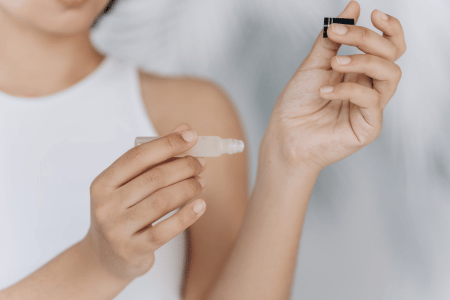
How to use essential oils
There’s no shortage of ways to use essential oils. You can pick the best one for you, from aromatherapy to using them in your bathtub, from topical to internal use.
Aromatherapy
The most popular use of essential oils is aromatherapy. If you have a diffuser, your way forward is easy. Add some water and a few drops of your favorite oils, and you’re ready to go.
You don’t have to limit yourself to a single oil. Add as many as you’d like to get the results (and the perfume) you want.
No diffuser? No problem. Here’s how to use essential oils without a diffuser.
- Just inhale. Open the bottle and inhale deeply a few times.
- Steam. Add a few drops to a bowl of warm water. Place a towel over your head and the bowl. Inhale the warm steam for several minutes. For safety, close your eyes under the towel, and be sure the water isn’t too hot, or it may burn you. If you brought the water to a boil, let it cool a little before you use it.
- Dry evaporation. Put a few drops of your favorite essential oil on any dry material, like a cotton ball or any other fabric.
- In the bathtub. Similar to the steam method, but with fewer risks of hurting your eyes or burning yourself, adding a few drops of essential oils to your bathtub comes with great benefits. You’ll inhale the aroma, but you’ll also take advantage of the oil’s effects on the skin. Read the instructions before you do this to be sure your oil is safe for topical applications.
Aromatherapy can have side effects, though they are rare.
The most common one is an allergic reaction. Some oils, such as tea tree, may also be neurotoxic in larger quantities, especially for pets and infants. When in doubt, talk to a herbalist to select a safe oil for your household.
Topical applications
When applied directly to your skin, essential oils can relieve inflammation and pain and combat insomnia or anxiety.
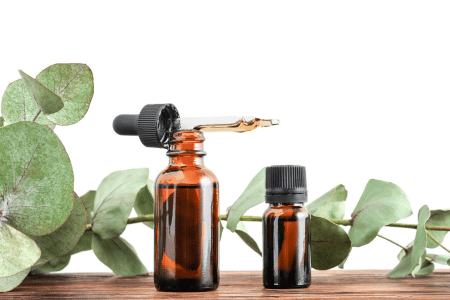
A word of caution: You should always dilute essential oils with carrier oils such as coconut or jojoba oil before applying them directly to the skin.
The only exception is for oils made explicitly for topical applications, which should be mentioned on the package.
If you see no mention regarding how to apply them on your skin, dilute them to be safe. It won’t take away from their effects, but it will ensure you don’t get a nasty irritation or burn.
Where to apply them, though? If treating a specific issue, like painful joints or muscles, apply and massage the affected areas. Otherwise, you can apply it to the wrist area, the temples, and even your feet to ease insomnia or anxiety.
Internal use
Ingesting essential oils is not always safe, and you should only try it after talking to a herbalist and making sure the brand you’re using is safe for ingestion. Yes, they are plant extracts and, in theory, all-natural. However, the extraction process can introduce some chemicals that may be unsafe for consumption, not to mention the sheer volume of plants needed to create just one tiny bottle.
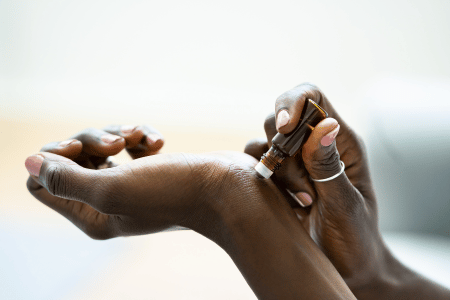
How to choose the right essential oils
Several factors come into play when selecting essential oils.
Why do you want to use essential oils?
What condition(s) are you hoping they will help?
Lavender, for instance, is excellent for insomnia, anxiety, and stress. It is one of the most common herbs in natural insomnia supplements and teas, and essential oils are no exception.
One word of caution: some studies have shown it can disrupt hormones in young boys. A bit of lavender aromatherapy will likely cause no harm, but if you have young boys in the house, limit its usage.
Peppermint and eucalyptus are great if you want a quick mood boost. They’re also soothing if you struggle with a stuffed nose because of a cold or the flu.
Tea tree oil is best known for its antiseptic, antimicrobial, and antifungal properties. Remember to be cautious and dilute it when applying it directly to the skin and keep it away from pets and infants.
Frankincense oil is an anti-inflammatory but can also boost your mood and help you sleep better. Bergamot is another oil perfect for sleep or anxiety, while rosemary may help boost your memory.
What budget do you have?
Some essential oils can be ridiculously expensive. Usually, that’s because they’re of higher quality, and more plants were used to extract the oil.
Cheaper oils aren’t necessarily useless, though. Their effects (and even their smell) may not be as strong, and you may need to add more to your diffuser than you would with an expensive one. They’re also usually not recommended for internal use.
Do you have any allergies?
If the answer is yes, you’ll have to avoid any essential oils that may trigger it. Pay special attention to blends that contain several oils, and be sure there’s no contamination.
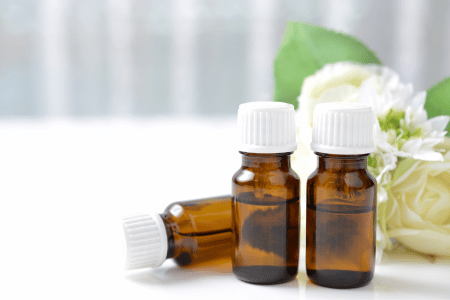
To use or not to use essential oil blends?
The short answer is: it’s your choice.
If you’re using essential oils because you like the smell and the atmosphere of aromatherapy in your room, personal preference is the only factor to consider.
Otherwise, if you’re trying to find relief from some issue, blends may have a stronger effect. They contain a combination of various plants, all tailored for a particular problem.
The good news is you don’t have to buy blends if you don’t want to. You can make your own. Just add a couple of drops of your favorite oils into your diffuser, and you have your homemade blend.
The downside to making your own blend is that you could use too much of one ingredient and end up with some side effects. That being said, when used in aromatherapy in moderate quantities, essential oils rarely have side effects.
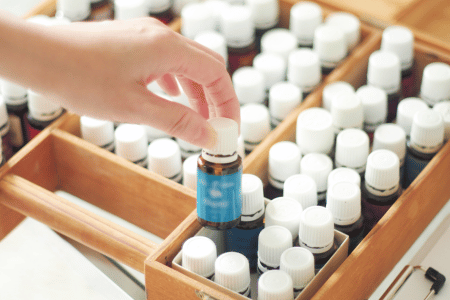
The bottom line
Essential oils offer a wide variety of benefits. They can boost your mood, help you sleep better, and relieve anxiety. Some may also be great anti-inflammatory remedies or have anti-septic, anti-viral, or antimicrobial properties.
They’re not a replacement for medicine in serious conditions, but their therapeutic effects can provide considerable relief. Their most common (and safest) use is in aromatherapy, but topical applications and even internal use under supervision may be possible.
Have you tried essential oils? What are your favorite ones? Join us on Facebook and let us know!
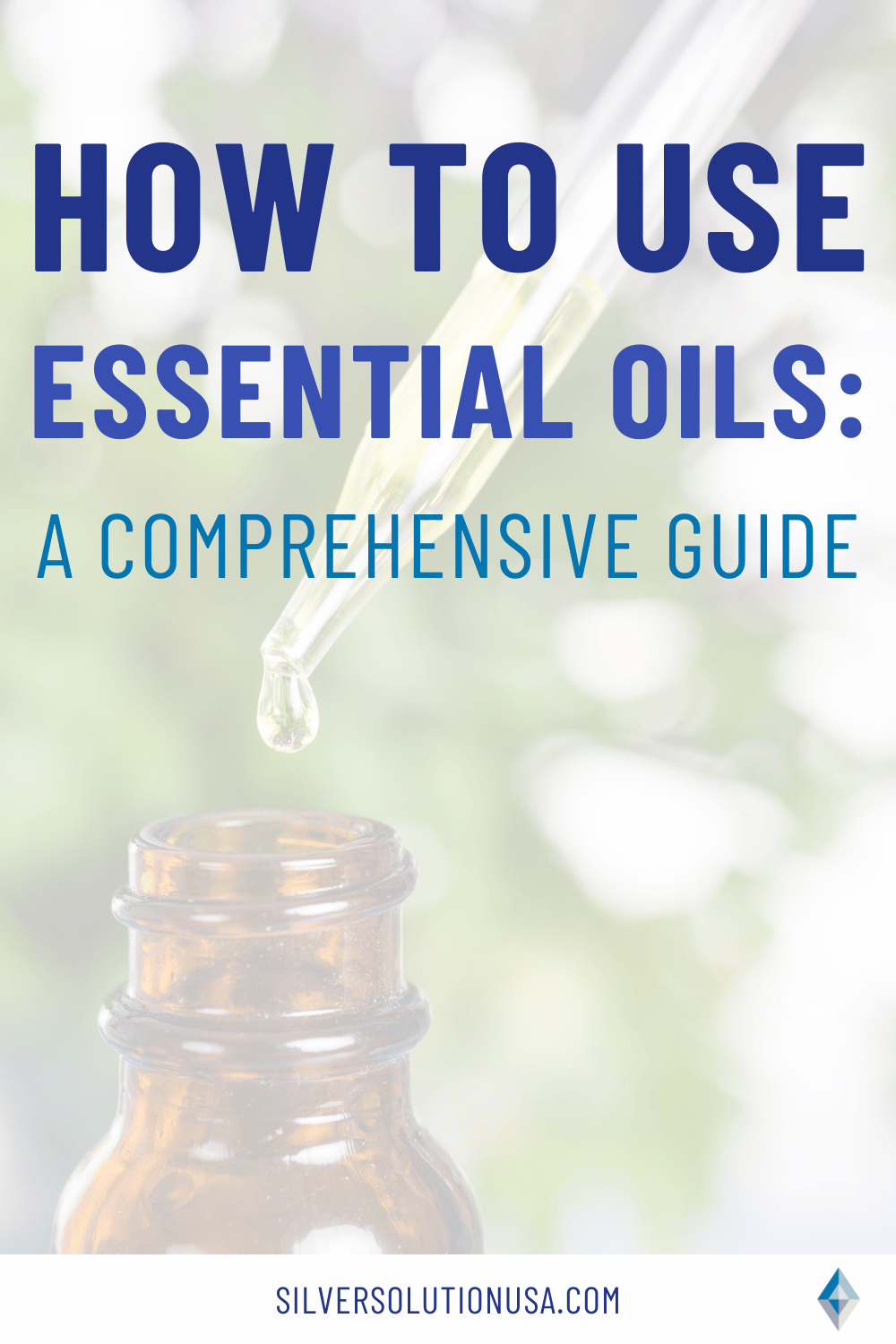
Health/Medical Disclaimer
This blog post does not provide health or medical advice. This blog post is for informational and educational purposes only and is not a substitute for professional health or medical advice. Before taking any actions based upon such information, we encourage you to consult with the appropriate medical and healthcare professionals. We do not provide any kind of health or medical advice. The use or reliance of any information contained on this blog is solely at your own risk.
Sources
https://pubmed.ncbi.nlm.nih.gov/32607090/
Recent Posts
-
Are sunscreen ingredients harmful?
Sunny days can bring a lot of fun. Going out for a swim, spending time in nature, or relaxing on the …18th Mar 2024 -
The Veggie Debate: Does Cooking Vegetables Destroy Nutrients and the Best Ways to Cook Them
Vegetables are one of the healthiest foods you can choose. Some people downright hate them, while so …4th Mar 2024 -
Best Foods for COVID Recovery and Prevention
A few years ago, a new virus took the world by surprise. COVID-19 may look like the flu on the surfa …19th Feb 2024

